So you’ve been promoting and selling goods and services through your e-commerce store for quite some time — with little to no results.
Maybe you’re not getting as much traffic as you’d like.
Or maybe you are getting traffic but without any sales.
And when that happens, the dream of reaching that $1 million threshold seems far off the map.
Let’s be real: For most e-commerce sellers, that dream is out of reach.
Because identifying why you’re not getting any leads in traffic or sales is only half the battle.
I’m going to show you how to identify common problems that are keeping you from making more money.
And more importantly, how to apply effective solutions to reach that sweet million-dollar status, all through organic sales and revenue.
Problem #1: You’re not updating your keywords enough
You probably already know that keywords are essential to ranking high on Google, and it’s one of the best ways to increase organic traffic to your e-commerce store.
Everything from title tags to your product description matters, so it’s to optimize every part of your on-page SEO:
Title Tags
A title tag specifies the name of your web page in HTML format.
If your title tag doesn’t utilize your product name, primary keywords, or any modifiers, people will most likely scroll past it.
So what do I mean by modifiers?
Modifiers are buzzwords that a user may type in to specify their search context.
Buzzwords like:
- Offers
- Reviews
- Cheap
- Sale
- Easy
- 30% Off
So if your title tag was previously “T-shirts at Ugmonk,” you’ll want to consider adding modifiers like “cheap,” “best,” “10% off,” or “custom” for search queries like “The Best Cheap Custom T-shirts,” or “10% Off T-Shirts at Ugmonk.”
Meta Description
A meta description simply describes your e-commerce store or website in more detail.
It’s a good idea to elaborate on the modifiers that you used in your title tag here.
Take a look at the following example:
Notice how the meta description entices the user with buzzwords like:
- Affordable
- Online t-shirt printing
- No minimums
- No setup fees
- No art fee
- 100% satisfaction guarantee
This is exactly what you want to generate a higher click-through rate: A simple, yet effective, description of your product and the services you offer. Remember that you now have 300 words to play with.
Alt Tags
Let’s take a look at the image below:
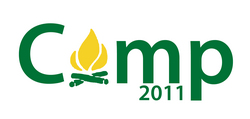
See that “alt=Camp 2011 logo” part?
That’s an alt tag. It provides a text alternative for screen reader users and describes specific details about the image.
It also ranks higher in search engine results since search engine crawlers, such as Googlebot, can’t actually interpret images.
Rather, they interpret the alt text behind the images.
And Googlebot likes users who speak their language.
Now, you might be thinking:
“You mean I have to provide alt tags for all of my images on my e-commerce store?”
Well, let me tell you what will happen if you don’t.
You know that thing called Google Images? People use that — a lot.
And what happens to images without alt tags? They don’t get ranked on Google Images at all.
And that means zero traffic to your website.
So now that we know how important alt tags are, let me show you how to write one:
Take the following image:
What do you think would be the proper alt tag for this?
We could write this as:
alt=black t-shirt
But let’s be honest, that’s too vague.
Or, how about:
alt=black t-shirt, women’s t-shirt, black v-neck short sleeve t-shirt, women’s v-neck black t-shirt, women’s black v-neck short sleeve t-shirt
You get the idea.
Too many keywords = keyword stuffing = search engine spam = no good.
Instead, we need to find a middle ground, which would be:
alt=women’s black v-neck short sleeve t-shirt
This alt tag includes all of the primary keywords of the above image without keyword stuffing.
URL Structure
You probably wouldn’t think a short or long URL could affect your website rankings.
But it actually does.
The shorter your URL is, the higher it ranks on Google.
Now let me show you how to properly format your URL:
For category/landing pages, the URL would look like this:
https://www.youre-commercestorehere.com/categoryname
Or, more specifically:
https://www.amazon.com/homeandkitchen
For subcategory pages, it would look like:
https://www.youre-commercestorehere.com/categoryname/productcategory
Or:
https://www.amazon.com/homeandkitchen/mattresses
Finally, for specific product pages:
https://www.youre-commercestorehere.com/categoryname/productcategory/specificproductname
Or:
https://www.amazon.com/homeandkitchen/mattresses/memoryfoam
Keep your URLs short and concise without stuffing any unnecessary keywords.
Category and Product Pages
So you’ve hooked a potential customer to your website with an eye-catching title tag and meta description. Great!
But if your category page, or “landing page” doesn’t follow basic SEO rules, those customers will bounce even faster.
When it comes to your category pages, there are a few things to keep in mind.
Rule #1: Latent Semantic Indexing
Also known as LSI Keywords, these are the cousins of your primary keyword.
They are closely related, but not exactly the same.
Let’s take the following example: T-shirts.
Here, I use a tool called the LSI Graph, which provides an index of LSI Keywords that closely match the keyword “T-shirts.”
But you don’t want to pick a random LSI Keyword and call it a day.
By now, you should know who your audience is, and more importantly, what the searcher’s intent is.
So what do I mean by searcher’s intent?
It’s basically what the searcher is trying to find.
So if the searcher’s intent is “Cheap, Custom Men’s T-Shirts for Sale,” you would want to include relevant LSI Keywords.
Keywords such as:
- Cheap
- Design Your Own
- Men’s
- Discounted
- Customizable
“Non-matching intent” keywords or keywords that have no direct relation to the searcher’s intent would include stuff like:
- Women’s
- T-Shirt Uses
- T-Shirt Fabric
- Designer T-Shirts
Rule #2: Write long-form content
It’s no surprise that long-form content ranks higher on Google than content that contains fewer than 1,500 words.
I mean, just look at this chart:
Those results aren’t even below 2,000 words.
Long-form content has long been associated with higher search rankings, why?
One big reason: Backlinks.
The longer your content, the more likely an external website will link back to your article.
Long-form content also has an increased chance of social shares.
In fact, a study was conducted that showed the correlation between long-form content and tweets/Facebook likes:
In short, invest time into writing consistent, long-form content that provides value on the goods and services that your e-commerce store provides.
Rule #3: Focus on long-tail keywords
Long-tail keywords are hyper-specific keywords that are linked together as one big phrase.
Like “HP OfficeJet Pro All-in-One Wireless Printer” for example.
The more targeted your keywords are, the more likely they will attract consumers who are also searching for targeted products or services.
So if I were to only rank for “printers” and search for this keyword on Google, I would see the following:
An e-commerce store that sells just “printers” would have some stiff competition against 104,000,000 search results.
But if I search for a hyper-specific, long-tail keyword like “HP OfficeJet Pro All-in-One Wireless Printer” we get the following:
648,000 is far less daunting, right?
Less competition with specific keywords means a higher chance of being on page one and ranking higher.
As you can see, the more terms that are included in a long-tail keyword, the more the rankings skyrocket.
In short, focus on long-tail keywords throughout your category and product pages (without overstuffing, because nobody likes spammy content) to rank high on search engine platforms.
Problem #2: Your website is too slow
People have shorter attention spans these days.
When a website is taking too long to load, users are more likely to bounce to a different website (your competition).
And that means another dollar out of your pocket.
In fact, “if your website does not load within 2 seconds, users are 50% more likely to leave your website, especially on mobile.”
It’s also been announced that Google will start to take mobile page speed into account for rankings.
So how can you speed up your website to draw more traffic?
Well, before you get into troubleshooting mode, you should first establish how slow your page speed is.
Behold: The PageSpeed Insights tool, which brings up detailed analytics about your web page speed.
First, type in the name of your website. I’ll use Amazon for this example.
Next, hit the “Analyze” button.
After a few seconds, PageSpeed Insights will bring up a report showing:
- Mobile and desktop speed
- Mobile and desktop optimization
- Page load distributions
- Page stats
- Optimization Suggestions
- Optimizations already present
So with Amazon, you can see that they have a pretty fast mobile page speed.
Now just for giggles, let’s take a look at their desktop page speed:
Not as fast as their mobile speed, but still pretty solid.
Now here’s the really cool thing about PageSpeed Insights.
Not only does it tell you why your website is slow, but it also tells you exactly what you can do to fix these issues.
Let’s take a closer look at how Amazon can improve their page speed for the desktop option.
Scroll down to “Optimization Suggestions:”
There are a couple of things Amazon could do like “Avoid landing page redirects,” “optimize images,” and “minify HTML.”
I’ll choose the “Minify HTML” suggestion:
Voila! We have a solution:
“Compacting HTML code can save many bytes of data and speed up download and parse times.”
There’s even an outbound link to a Minify Resources article with comprehensive guides that show you how to minify HTML, CSS, and Javascript resources.
Here’s my point:
Use this tool to your advantage to identify not only why your page speeds are slow, but what you can do to fix them.
Because in the long run, the faster your page speeds are, the happier your customers will be.
And happy customers = $$$.
Problem #3: Not enough backlinks
I mentioned earlier that long-form content is essential for backlinking.
There is a direct correlation between rankings and the number of domain links to a website.
In other words, if there are many different types of domains linking back to your website, your rankings go up.
It’s not enough to have one website linking back to your page 20 times.
But if there are 20 different websites linking back even once to your page, well now we’re talking.
This is known as domain diversity, as it’s crucial in skyrocketing your traffic.
As you can see, the number of total referring domains directly links to a high Google position.
So how can you get more backlinks, besides writing long-form content?
Guest blogging
Guest blogging is one of the biggest marketing strategies out there for businesses, including e-commerce stores.
You get to:
- Network with potential buyers.
- Position yourself as an authority figure of your brand.
- And most importantly: backlinks!
And if you guest blog for a bunch of different websites, guess what?
That’s a bunch of websites linking back to your e-commerce store.
Domain diversity in full motion.
Of course, you want to make sure to provide high-quality, valuable content to build trust with your audience.
Let me say that again.
Build trust with your audience.
Readers will be able to tell right away if your posting crap just to make a sale.
No one wants to read a sales pitch within a wall of text.
They want to read stuff from a real, honest human being.
Make sure you’re that type of human being to build long-lasting relationships with potential consumers.
Want some concrete proof?
According to this study by Point Blank SEO, almost 400 visitors were generated from a single blog post that was published on Moz:
Not only did it generate a lot of traffic, but an extra 60-80 backlinks were gained from this one guest post.
Imagine 60-80 backlinks to your e-commerce store for just a few hours of writing work.
Now imagine doubling, tripling, quadrupling (and so forth) that number when you consistently publish high-quality, valuable guest posts.
You get the idea.
Stealing competitors’ backlinks
“Stealing” is a strong word.
I prefer “borrowing” all of the backlinks that your competition has worked so hard to build and keeping them for yourself.
And that’s exactly what you should be doing.
Take Moz’s Open website Explorer for instance:
It’s a tool that allows you to find link-building opportunities within your competitor’s website.
And best of all, it’s free (but you can also pay a premium for page optimization options, crawl audits, unlimited reports with >10,000 links, and better search engine visibility).
Links are also updated every hour so that you can stalk your rivals all day long.
When you type in a URL, you’ll see the following:
But the real gem is under Inbound Links:
Voila!
A host of backlinks that you can analyze and audit using any of the tools below:
Other tools you can use to scope out your competitor’s backlinks include:
You get the picture.
Backlinks are crucial for driving organic traffic to your website.
Problem #4: Too many customers are abandoning their carts
Cart abandonment sucks.
Nothing spells out false hope faster than someone almost buying something, then completely forgetting about it.
And there’s a bunch of stats out there that prove cart abandonment is a real issue.
Like how only one in four customers will actually finish a purchase.
Or how cart abandonment rates just keep increasing:
So what’s the best way to remind customers, so they follow through with a purchase?
Emails.
In fact, I can’t tell you how many times I’ve gone back to purchase an item because of one simple reminder email.
How do you write an effective, compelling reminder email?
This is a good place to start:
Then take it to the next level.
Personalize it.
So few retailers actually utilize personalized emails.
But when they do, the results are pretty significant:
You want the customer to feel valued and important.
Nobody wants to be treated like just another sale. Personalized emails make your customer feel valued and like a person instead of a number in your bank.
Incentives
Why should a consumer return to purchase a product?
In the world of stiff competition, what more can you offer them?
This is where incentives like deals, discounts, and mouth-watering offers come into play.
You can offer things like:
- Free shipping
- 10% off their current cart total
- A coupon for their next purchase
- BOGOs
But be careful. There is definitely a right and wrong way to increase your sales through discounted goods and services.
Send a reminder email out ASAP.
Ideally, you want to send a reminder email out within the same hour of cart abandonment.
Why? After an hour that lead is cold.
The longer you wait to send out that email, the more likely the consumer has moved on to bigger and better things.
And don’t just send one email and call it a day.
Send out a series of emails to make sure the consumer is constantly reminded of their purchase. This can recover an additional 50% of those abandoned carts.
Problem #5: Your e-commerce store is not optimized for mobile
It’s safe to say that most of us have a long-standing love affair with our mobile devices.
In fact, typical users spend five hours on their phone each day.
Some people use their phones for everything.
Web surfing, playing games, reading the news, tracking stocks, and of course, shopping.
So if your website isn’t optimized for mobile devices, you’re missing out on some serious sales.
Google’s Maile Ohye highlights the importance of having the same content on both a mobile and desktop device, especially with the mobile-first index on the horizon:
“To ‘optimize’ for a mobile-first index, make sure that what you serve to mobile users is the version of the content you’d want Google to index, not a pared down version, or a version that gets updated later than desktop, or a version that redirects to the mobile homepage.”
So to get your site ready, here are some tools to optimize your e-commerce store into a mobile machine:
Google Search Console
Google Search Console is a tried-and-true feature that shows web performance, keyword usage, Googlebot rendering information, and posts that don’t align with Google’s mobile-SEO rules.
First, you need to create an account.
Next, click the “Add Property” button:
Type in the URL of the website you want to add:
You’ll then need to verify ownership of the website:
From there you can track the performance of your website index through clicks, impressions, and average position and CTR:
Performance
Mobile performance falls into three categories:
- Responsive design
- Dynamic serving
- Custom mobile website
Responsive design
A responsive design index will adhere to the current size of the viewing window that a person is using.
It’s often the cheaper way to go and requires no HTML changes (only CSS changes).
However, mobile stylization is a bit trickier because of the size difference between big and small screens.
That, and both your desktop and mobile website will be connected.
Which means if your desktop website crashes, your mobile servers are screwed too.
To let Google know that your website is in fact mobile-friendly, simply add the meta name=“viewport” in the head section of your documents.
Dynamic serving
Dynamic serving offers more flexibility depending on the device.
Basically, less “stuff” shows up on the mobile website, which means smoother navigation for users.
And there’s only one URL tied to both your desktop and mobile website, which means a better overall experience.
Of course, there’s always a catch with these things.
Dynamic serving is often more expensive and requires more development time since it’s optimized for specific devices.
You may also have to implement a Vary HTTP header.
If you don’t, the desktop version of your website may replace the mobile version, which tends to ruin the user experience.
This is what a Vary header looks like:
Custom mobile website
Custom mobile websites leverage a mobile-specific URL and are known to be the most “mobile-friendly” when it comes to performance.
These utilize separate HTML and CSS structures but feel the same for both mobile and desktop websites.
However, these are more susceptible to SEO errors (also known as SEO penalties), especially if you forget to put in those rel=”canonical” and rel=”alternate” tags.
Conclusion
Let’s be honest.
I can’t put an actual number on what you’ll make when you update your keywords or optimize for mobile SEO.
There are too many factors that go into how much money you will make when you implement these things.
But I’ll tell you what.
If you fix these common issues that are affecting your website traffic and conversion rates, then you will start to see an increase in organic sales and revenue.
And that means you will get to that million dollar status.
It all boils down to identifying the problem, applying an effective solution, and simply practicing the one thing that most people aren’t good at:
Patience.
There’s the secret ingredient right there.
Breaking through $1 million won’t happen overnight.
It might take months.
For most people, it’ll take years.
But if you’re patient enough, you’ll start seeing exponential growth in no time at all.
What SEO problems are keeping you from breaking through $1 million in organic sales?

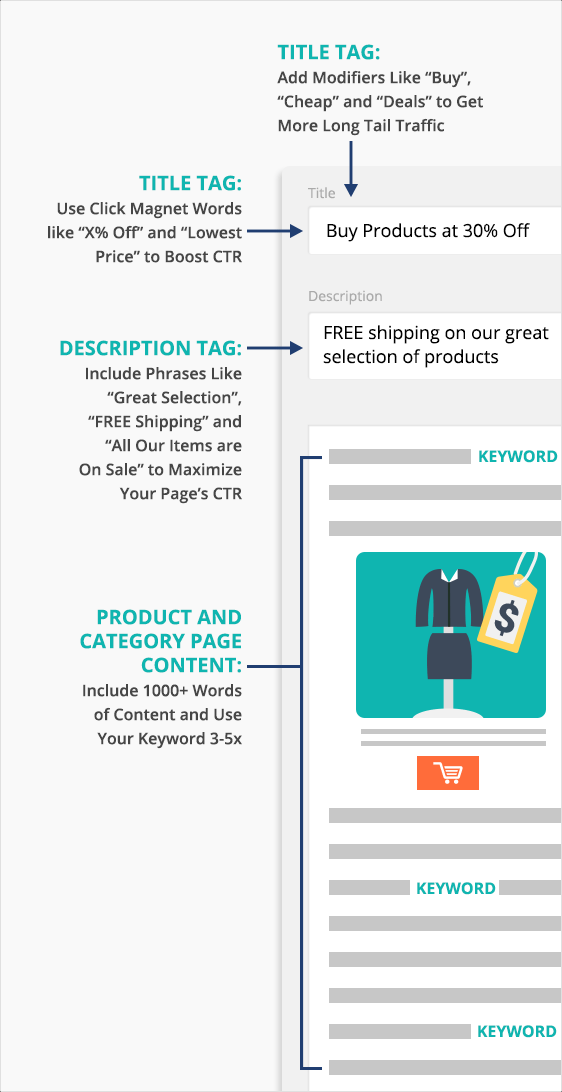
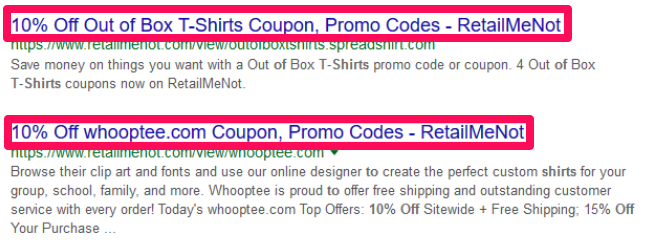


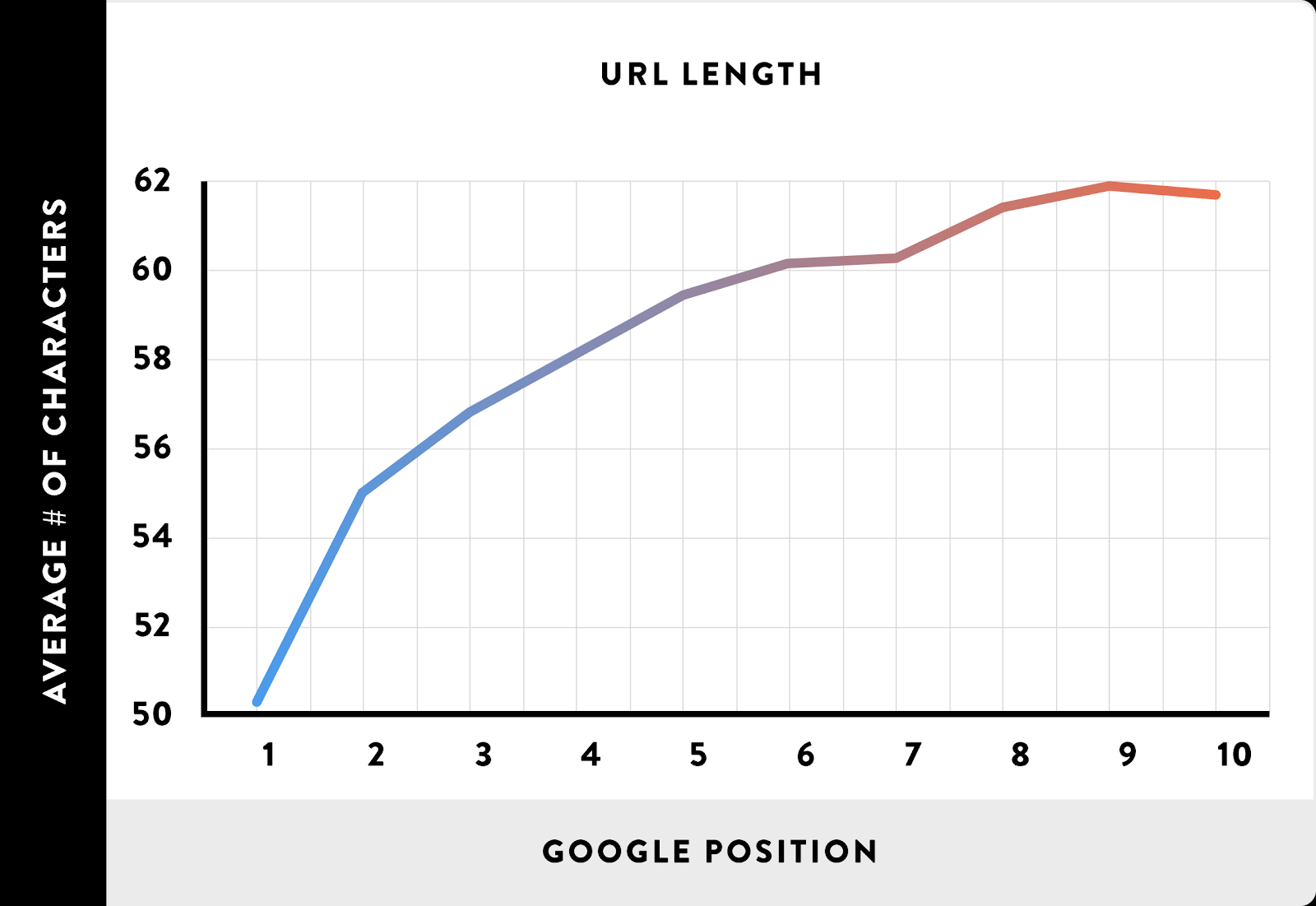
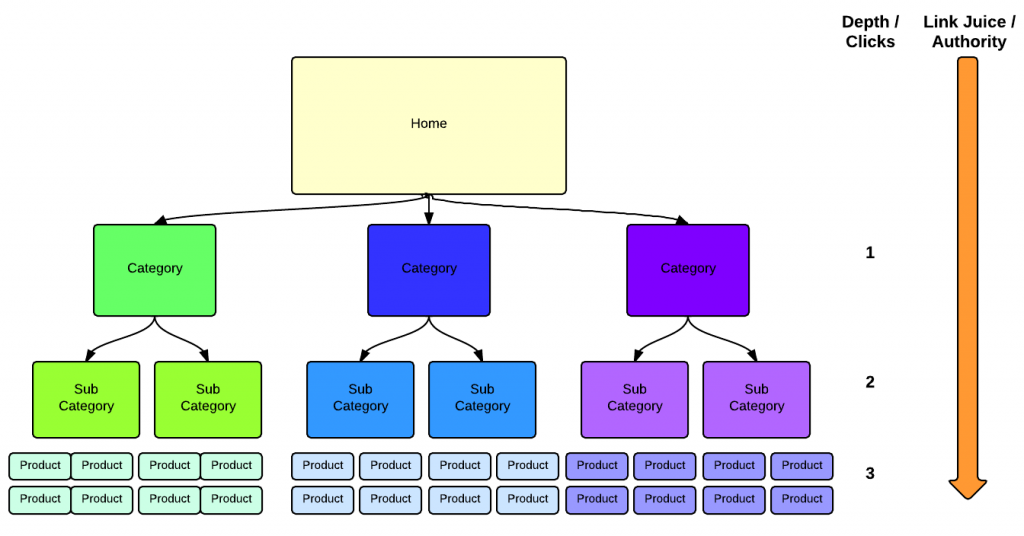


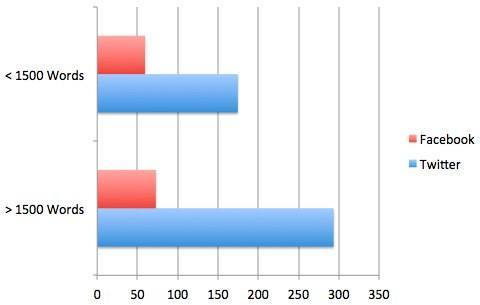


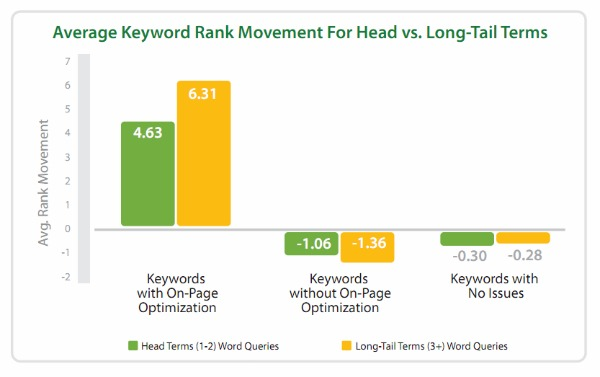
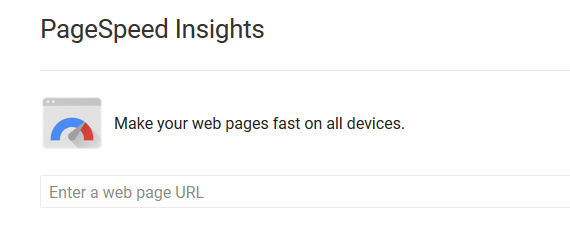
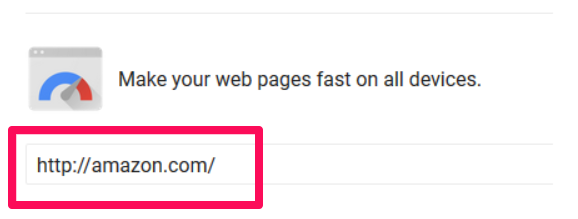
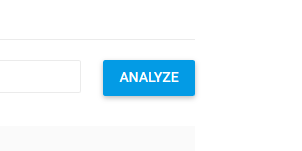
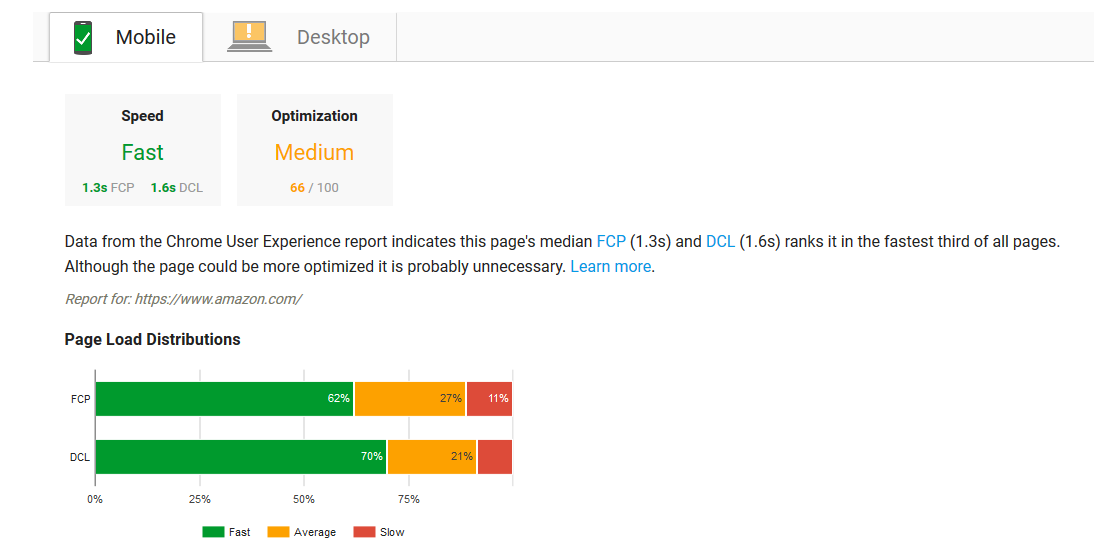
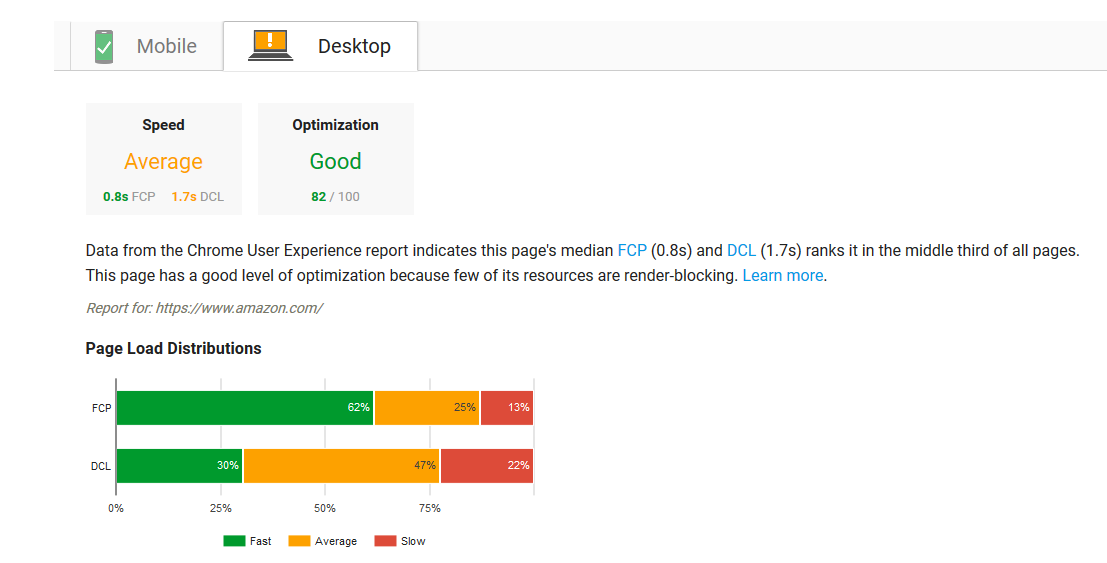
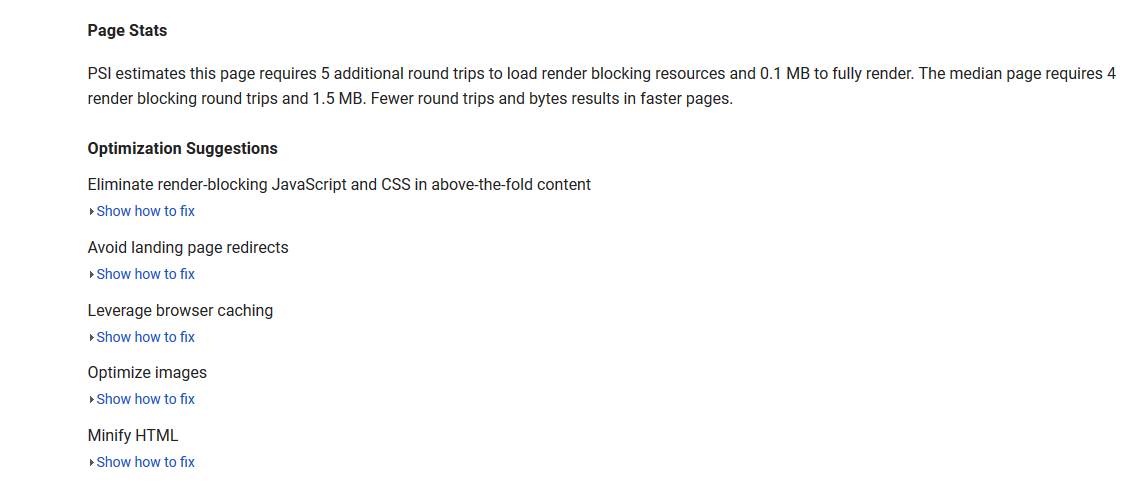

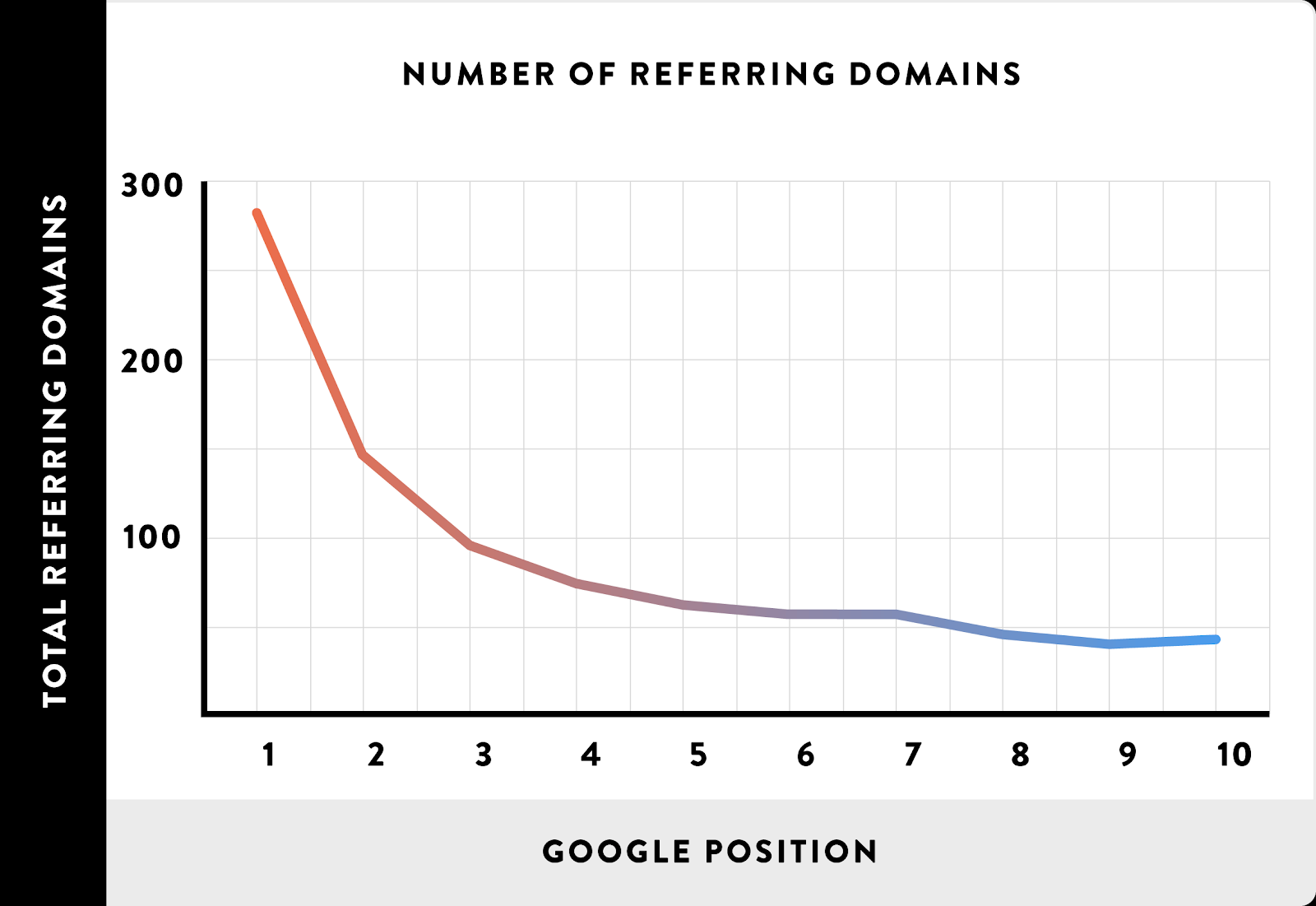



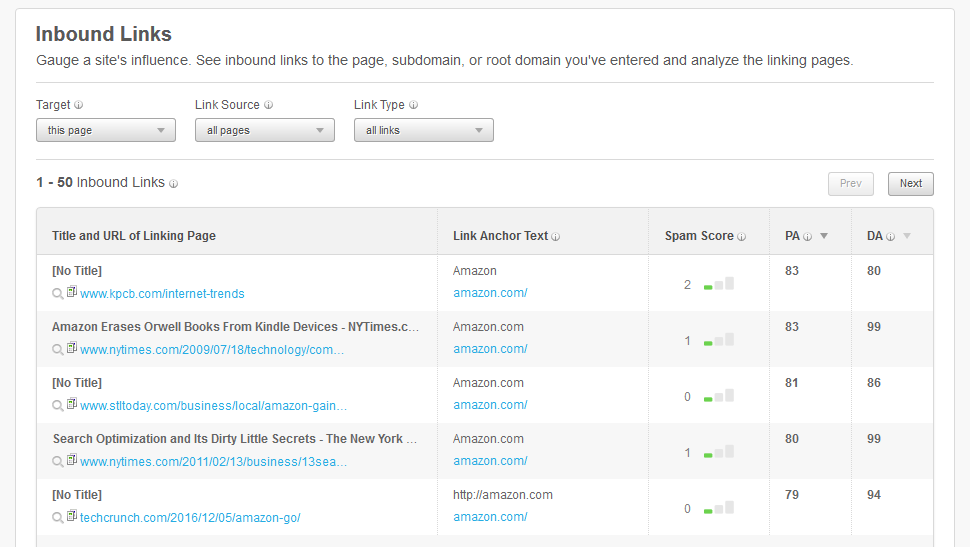



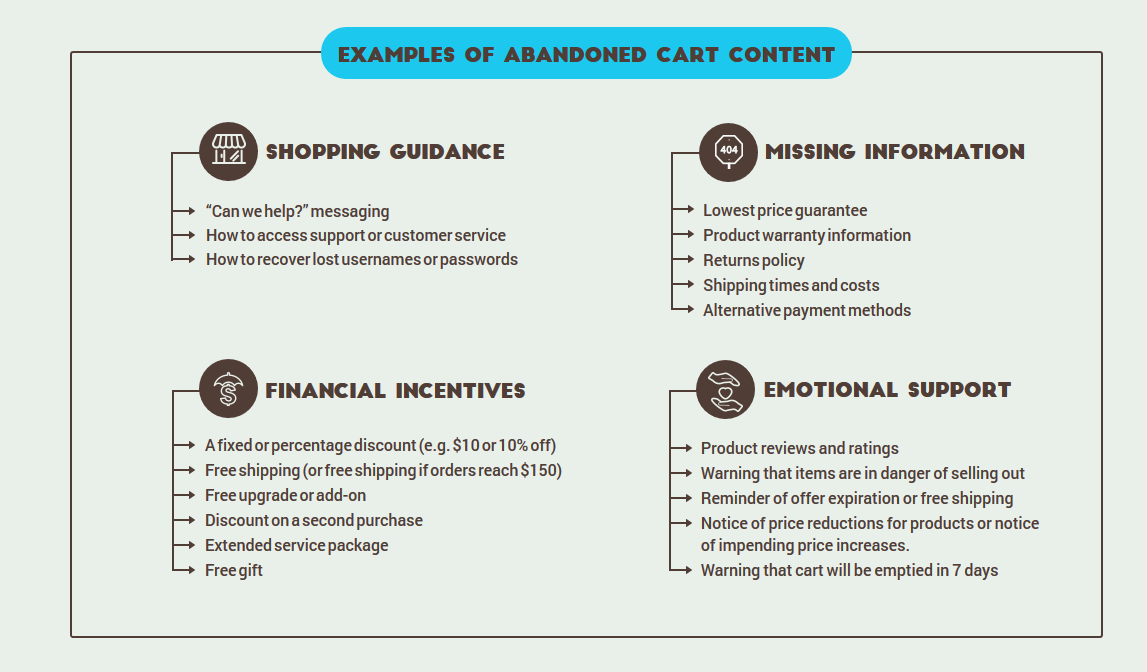




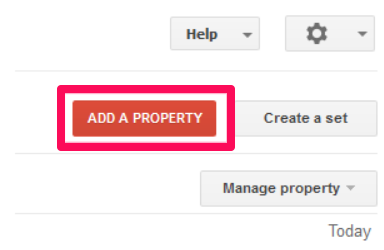

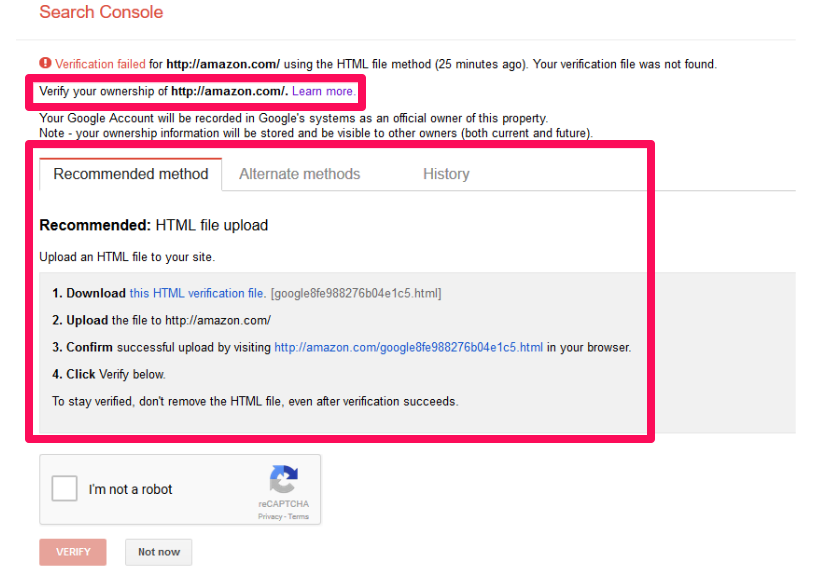



Comments (82)